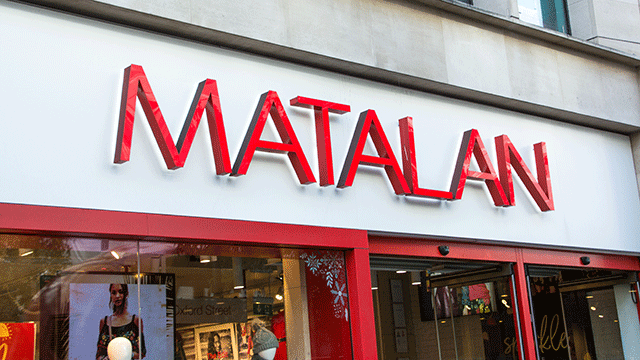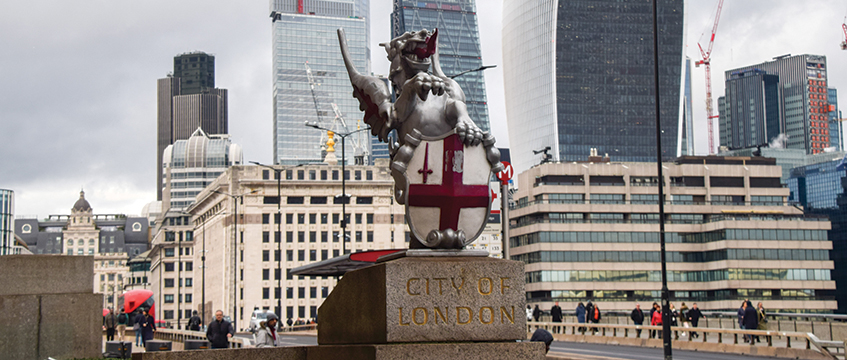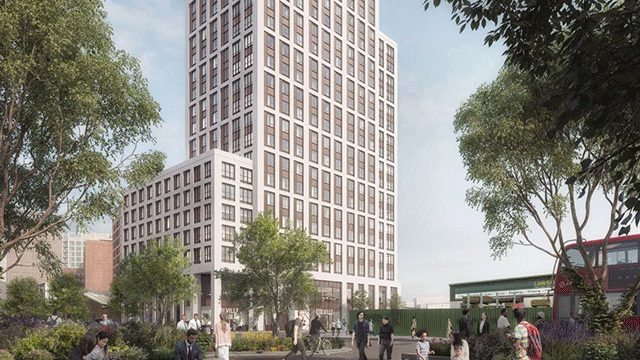Given that each year commercial property auctions don’t start in earnest until February, the sector’s half-year is effectively at the end of the July round of auctions. So, before we head into the final sales of the year, it’s a good point to reflect on what the year has delivered so far.
In the 12 months to the end of July, commercial property auctions achieved more than £650m of sales. This was around 20% lower than the previous half-year but still a smaller contraction than the overall investment market. The level of activity in July was in line with the long-term average for the summer auction rounds, but it was the sluggish activity of the opening sales of the year which dragged down the half-year figures.
While Brexit uncertainty continues to unsettle the market for some, long-term investors remain active. Volatility in the equity and bond markets and the prospect of an ongoing low interest rate environment has boosted demand for more resilient income-producing assets.
Overall, more than £70m of retail assets were sold in the July auction round. The average lot size was in line with the long-run average. Longer-term investors are looking at opportunities on the high street, taking advantage of institutional restructuring away from the sector as a result of lot size values and the uncertain period for retailing. The sale rate for retail assets was close to 83%, reflecting vendor strategies for strategic sales.
Demand for office and industrial stock remains, but the supply of stock is limited. Office assets comprised just 11.2% of July sales, in line with the spring period, but down on the long-run trend. However, 92% of these assets sold, attracting strong demand from private investors. Prices for standalone units on business parks have been rising, and in the better locations have easily surpassed capital values of £200 per sq ft.
The industrial sector remains in high demand by institutions and private investors alike. As a consequence, no industrial assets were brought forward for sale in July, but in May some industrial units achieved yields of around 6%.
The July auction round saw a small decline in the proportion of London assets sold. They represented 14.5% of all sales, which was below the long-run average of around 18%. Private investor demand for suburban London assets which have an investment case that transcends Brexit continue to hold strong appeal for private investors as they come forward. Around 95% of such assets sold in July.
Stability amid the turmoil
Despite an unprecedented economic and political backdrop, prices in the auction market have remained relatively stable following the initial Brexit vote. This is undoubtedly a function of the depth of property experience among active investors in the market. This has allowed institutional investors to progress ongoing portfolio restructuring, providing curated stock to a cautious and knowledgeable market.
While Brexit inevitably overshadows the investment market, the auction market is also tackling another structural issue in the form of the retail sector. The July analysis indicates that investors are looking strategically to future opportunities.
However, not all areas of the property investment sector are seeing the same level of activity as auctions. Much of the prime, large asset market has virtually come to a halt, but liquidity remains in the auction market as private investors remain assiduous buyers of smaller commercial properties. Acuitus has sold 92% of the properties offered at its July auction.
It also raises the question as to why private investors remain confident about the future of commercial property assets while the major institutions and funds are sitting on their hands. All investors – big and small – are looking at where to place their funds, and with the equity markets rocking and the bond return curve inverting then property looks like an attractive proposition.
Part of the answer as to why auction properties find buyers is also that the investors who buy through the auction room tend to have forensic insight into the properties they are targeting and, equally importantly, the economies in which the properties are located. On this basis, they hope to confound the received wisdom about the sector as a whole. This is particularly the case in the smaller and secondary property market, where prices have not been ramped up as they have in the prime market, where there has been a much greater weight of global money.
What all property investment markets have in common is a paucity of properly priced stock. For the reasons given above, there is a case for many owners to simply sit tight on their assets. But for owners who want to exit smaller assets, have completed their asset management plan for secondary properties or are under pressure from their lenders, it is a great time to sell – especially at auction.
Richard Auterac is chairman of Acuitus











